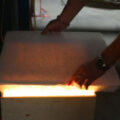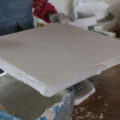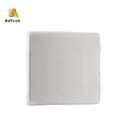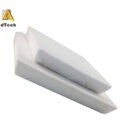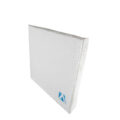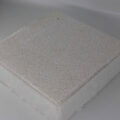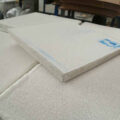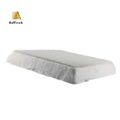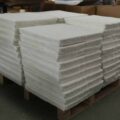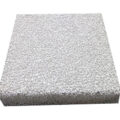The molten metal filtration system is still an area of concern. Relative to some applications, some existing systems have various advantages and disadvantages. Therefore, there is still a need to make further contributions in this technical field.
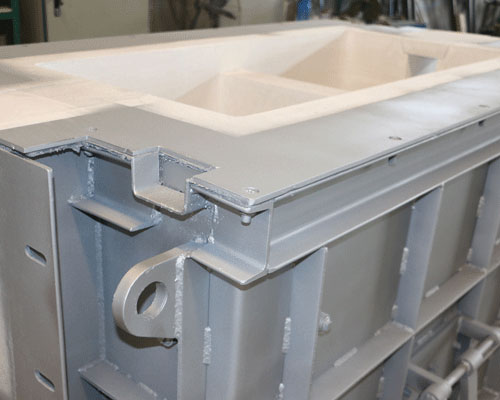
Casting processes (such as investment casting and other casting processes) produce parts by pouring a liquid (usually metal) into a molded cavity and then allowing the liquid to solidify the shape of the cavity. In many cases, the liquid (or molten metal) may contain impurities in the form of non-liquid contaminants. If such contaminants are allowed to enter the casting, it may cause unacceptable defects. The effective filtration of liquid can greatly increase the process yield.
An aluminum-based alloy, such as aluminum-magnesium alloy, is first formed in the furnace, and the metal alloy is usually subsequently fluxed online to remove gas, such as hydrogen. However, before casting the alloy into an ingot or other desired shape, impurities, such as solid particulate contaminants, such as metal oxides, must also be removed from the molten material.
The molten metal alloy filtering system includes a shell, which includes a refractory material ceramic foam filter that can withstand exposure to a specific molten metal or alloy. For example, when filtering aluminum-magnesium alloys, such refractory materials include silicon carbide or silicon nitride. The housing is divided into two compartments by a central partition. The partition may be made of the same material as the housing, and does not extend to the bottom of the housing, but terminates above the housing.
The filter support plate assembly is located in the housing, near the bottom of the compartment, for supporting the filter plate. Molten metal filtration system uses a new form of cake mode filtration to melt the metal to continuously provide a new surface on which the filter may form a cake. The filter system includes a filter chamber having at least one molten metal inlet, at least one molten metal outlet, and at least one filter assembly installed therein. Each filter assembly includes a porous filter membrane, preferably a ceramic foam filter, arranged in a solid plate-like member. In order to reduce the heat loss when the molten metal passes through the filter, a barrier or baffle is placed immediately downstream of the filter assembly. The baffle prevents the initial metal used to fill the filter from directly entering the nozzle. Instead, it collects the initial molten metal in a pool, which greatly reduces the cooling effect caused by the filtration process by providing heated metal on both sides of the filter assembly.

